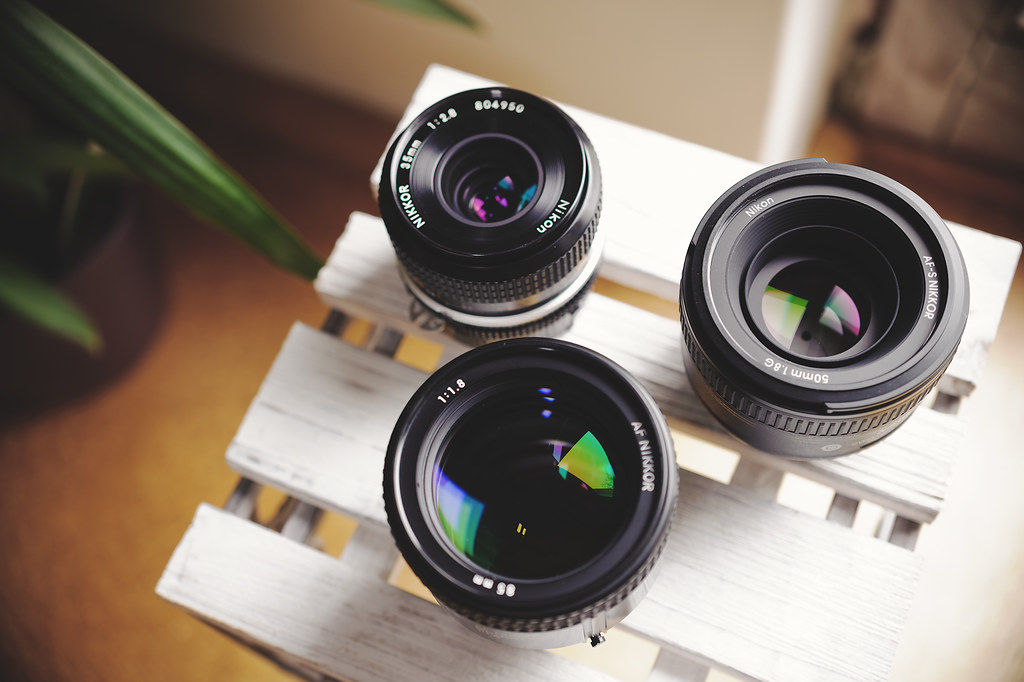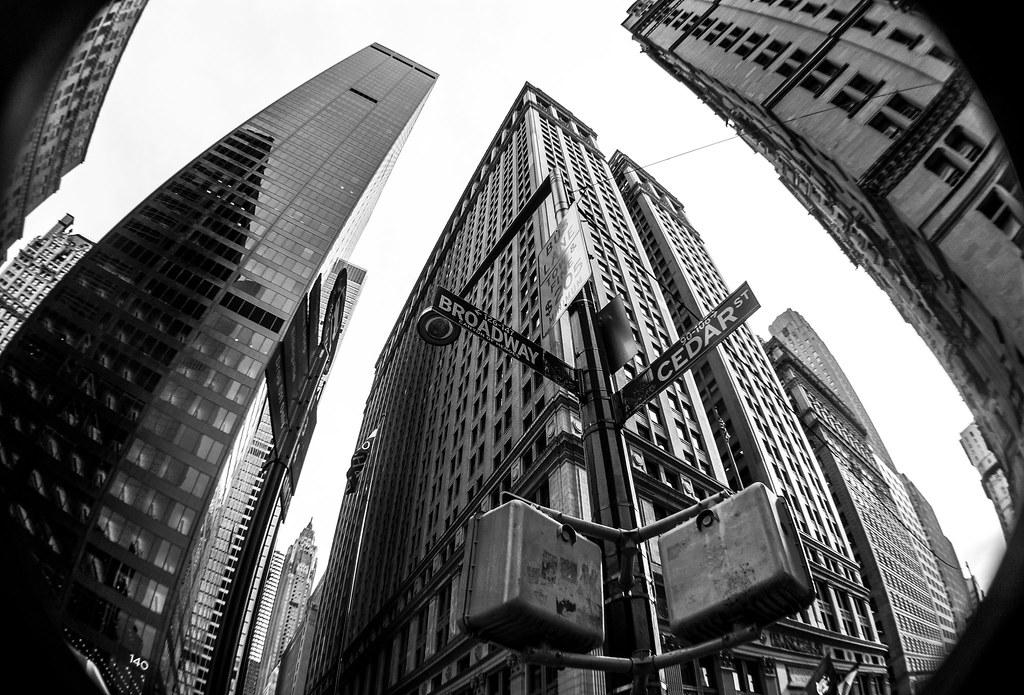Cameras and camera gear are becoming increasingly more complex in this digital era of photography. The more complex the equipment is, the more attention is needed to operate it. But photography in itself is entirely about attention. So no matter how useful all of your camera's fancy options are, if they steal your attention away from your surroundings and composition, then they may be doing you more harm than good.
What should you actually do? Simply this: Get back to basics.
Don't waste time and energy experimenting too much with all the fancy settings that the camera has, but rather stick with the settings that you feel most comfortable with. Here is how I go back to basics with my gear.
White Balance
In order to minimize the amount of settings I have to worry about (and since I am using RAW as an output file format) I simply set the white balance to auto. I can fix it in post-process, and the camera usually does a good job in setting the white balance. That way, white balance isn’t present to distract me, becoming one less thing to worry about.
Focus
 Photo By by Dzvonko Petrovski
Photo By by Dzvonko Petrovski
Most of the time, you know what you are going to shoot, so just preset your focus-mode and leave it there. Since the focus system on my camera has only one point (the center point) where it is the most accurate, I use only that one, and I really don’t need any more points than that. I’ve gotten used to prefocusing, and then framing the shot, so that's another thing I don't need to worry about. Back in the day, white balance wasn't around to be messed with, but focusing was done manually. Today, we are spared the task of manual focusing.
Auto ISO
You can set your ISO to auto (even in manual mode), and some cameras limit its range. You can choose your shutter speed and aperture, and let the camera use the ISO to compensate for slight light changes. Modern cameras (especially the full frame ones) are clean up to ISO 6400, which really makes your job easier. Yes, it might add some noise, but you can always see the ISO in the viewfinder anyway, and if you think it is too much, then you can reduce the shutter speed or open up the aperture. So to contribute towards your distraction-free shooting, you might want to consider the option of setting the ISO to auto.
Prime Lenses
 Photo by 55Laney69
Photo by 55Laney69
This is a subject that I often debate about with aspiring and professional photographers alike: whether or not you should use prime lenses instead of zooms. When there's not an additional ring on the lens which enables you to change the view angle and reach, you have one less thing to worry about. Your mind will get used to the fact that the perspective and angle of view is fixed, and that it works just fine that way. This too will allow you to give more attention to your composition and awareness-level.
Random Worries
 Photo by Phil Dolby
Photo by Phil Dolby
Each lens and camera comes with its own set of imperfections. Whether it is the noise performance of the camera, the limited dynamic range of the sensor, or a slight barrel distortion and some chromatic aberration of the lens, these things don’t really matter when you are shooting. You can’t fix either the noise performance of the sensor, nor the barrel distortion that the lens has, so there is no use in worrying about it. If your images are great, some slight barrel distortion or a speck or two of noise aren’t really problems. As a matter of fact, distortion can be corrected in Lightroom for 80% of the lenses, as well as chromatic aberration. Most modern sensors have such good noise performance that only a reduction in noise of about 10-15% using the noise-reduction feature built into Lightroom will make the image clean and neat.
Summary
At the end of the day, if you have optimized your shooting process and properly rid yourself of all the unnecessary distractions, you will be left with only shutter speed, aperture, composition, and light to worry about. Lose the distractions and focus on getting the shot. Some imperfections won’t matter if the light and composition are great. Take a look at the work of the iconic photographers who shot using film and manual focus. There are many photos that considered to be among the best ever taken. And guess what? They are often slightly out of focus or a bit grainy, and I haven’t heard anybody complain about them, yet. A great photo is a great photo, so make a great photo your priority concern.
I know that some of you will compare this to having the camera in Auto, but trust me, what I am recommending is nowhere near to having your camera in Auto. You still have complete control of the camera, the difference is that you will have preset the camera appropriate to the occasion, allowing you to focus on the most important elements. Yes, there are some things that the camera executes on its own (like the auto ISO), but you still set the range that you are comfortable with. You have an ability that surpasses the processing power of modern cameras – why not make the most of it?





2 Comments
Useful tips … and that’s how I shoot. — But then, I’m an old school photojournalist, have a Nikon Df, a small bag of prime lenses with magic in them, and use the digital camera essentially the way I used manual, film cameras — considering focal length as subject to background perspective, considering F-stop as depth of field, shutter speed for stop action or movement, etc. New photographers who default to their auto settings, and turn zoom lenses instead of moving their feet, could profit from your tips.
In the 9 years this was written the basics are still the basics.